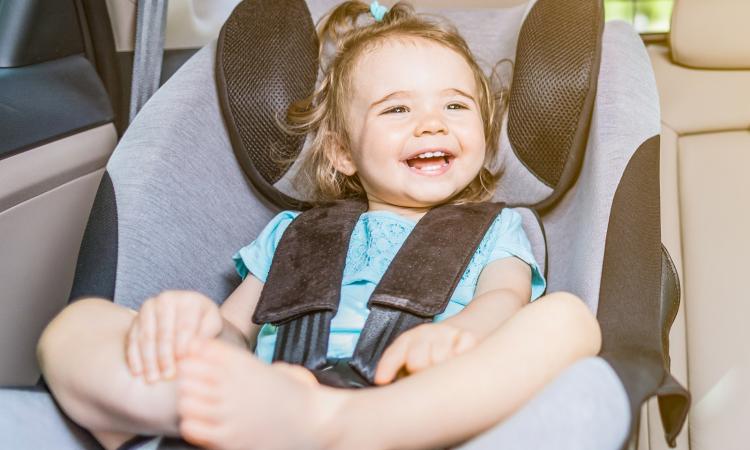
Understanding the NHTSA recommendations for child car seats
"We're going to have a baby" - four words that will forever change the lives of future couples. Once the joy (or perhaps the shock) of the news wears off, many parents-to-be are at a loss as to what to do next.
Some may want to develop good parenting skills by downloading Dr. Benjamin Spock's book, Child and childcare. Others may search the Internet a little, imagining what the nursery will look like.
It's probably safe to say that the rush to scrutinize the National Highway Traffic Safety Administration's (NHTSA) federal safety standards for car seats is unlikely to be at the top of the "we're having a baby, so let's do something" list. But over time, reading product reviews and understanding the recommendations provided by the agency will become invaluable.
Each year, the NHTSA issues recommendations recommending the use of car seats. The agency offers:
From birth to one year: rear-facing seats
- All children under the age of one must ride in a rear-facing car seat.
- It is recommended that children continue to ride rearward facing until they reach approximately 20 pounds.
- If possible, the safest place for your child will be the middle seat in the back seat.
From 1 to 3 years: convertible seats.
- When your child's head reaches the top of their first car seat, or when they reach the maximum weight rating for your particular seat (usually 40 to 80 pounds), it is safe for them to ride forward facing.
- He should still ride in the back seat, if possible, in the middle.
4 to 7 years old: Boosters
- Once your child has gained approximately 80 pounds, it will be safe for them to ride in a child safety seat with a seat belt.
- It is important to make sure that the seat belt fits snugly around the child's knees (and not the stomach) and shoulder, and not around the neck.
- Children in booster seats must continue to ride in the back seat.
8 to 12 years old: Boosters
- Most states have height and weight requirements that indicate when it is safe for children to get out of their child seats. As a rule, children are ready to ride without a booster seat when they are 4 feet 9 inches tall.
- Even though your child has met the minimum requirements to ride without a child seat, it is recommended that you continue to ride in the back seat.
Without a doubt, buying a car seat can be an overwhelming experience. Seats only against the direction of travel; transformable seats; forward facing seats; seat boosters; and seats that cost between $100 and $800, which should a parent choose?
To assist consumers, NHTSA also maintains an extensive database of agency reviews of nearly every car seat on the market. In the reviews, each place is rated on a scale of one to five (five being the best) in five categories:
- Height, size and weight
- Evaluation of instructions and labels
- Easy installation
- Easy to protect your child
- General ease of use
The database contains comments, user tips and recommendations for each car seat.
Absorbing all this information can make you a little dizzy. You may wonder if car seats are really necessary? After all, car seats (especially when your child is riding backwards) make it harder to manage the discomfort of a long ride (think bobbing head and incessant crying).
It's also very likely that your parents didn't ride backwards in a plastic bucket and survive, so why should your child be any different?
In September 2015, the Centers for Disease Control and Prevention released a report on car seat use. The CDC has determined that the use of car seats is critical to your child's safety. The report concluded that:
- Using a car seat can reduce infant injuries by more than 70 percent; and among toddlers (age 1-4 years) by more than 50 percent.
- In 2013, about 128,000 children under the age of 12 were injured or killed because they were not secured in a child seat or a proper child seat.
- For children ages 4 to 8, using a car seat or booster seat reduces the risk of serious injury by 45 percent.
It seems clear that using a child or booster seat increases the chances of surviving a crash.
Finally, if you need help installing Junior's shiny new car seat (by the way, admire it while you can), you can stop by any police station, fire station; or hospital for help. The NHTSA website also has demo videos of the installation process.
